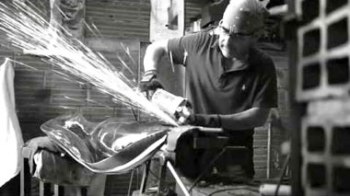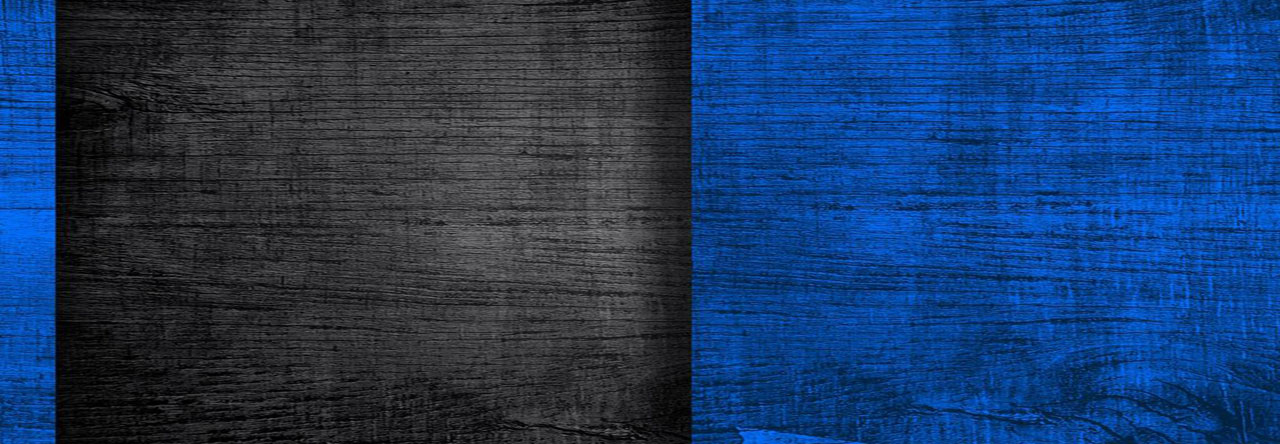
It’s not often that one runs across an artist who effortlessly bridges the seemingly polar-opposite fields of art and medicine.
When I saw the work of Colombian-born sculptor Santiago Medina, I was immediately captivated not only by the beauty of his pieces, but by the fact that he had a dual career as a physician and radiologist. And even more intriguing was his use of medical technology — in this case, computerized tomography (CT) and MRI scans — to help fashion the sinuous creations that have been featured at notable art-fair venues like Art Basel Miami and Arte America, and installed on the campuses of such exalted halls of higher learning as Harvard, Stanford, and Tufts.
The 51-year-old Medina has a history of forebears in the medical profession, but it was the grandfather who added art to his resume who was an inspiration to his similarly multitalented grandson, who went on to specialize in diagnostic radiology and neuroradiology (otherwise known as brain imaging). At the same time, Medina was building on the artistic training of his youth to pursue his goal of bringing “inert stainless steel to life by creating timeless masterpieces full of light and movement for art lovers.”

Medina cites the abstract painter Wassily Kandinsky, who was also an accomplished lawyer, as an archetype of the unusual path he was to follow, as well as the creative influences of Picasso and Brancusi, and — not surprisingly – the British sculptor Henry Moore, whose spirit can be felt in many of Medina’s monumental sculptures.
Of course, Moore would have been awestruck at the many facets of technology that can now be applied in the creation of art. Case in point is Medina’s distinctive use of digital imaging in the processing of his work. “Using medical imaging as part of my sculpture career and artistic expression arises from the highly sophisticated software that is available for medical imaging, specifically three-dimensional reconstructions,” he commented in a recent e-mail.

“Once I’m done with the initial model for my sculptures in Styrofoam or clay, I scan them primarily with CT, which uses very low-dose radiation, to get images of the surface and inner structures of the sculpture model. I then export these images to a computer station where I use very advanced medical software to generate multiple three-dimensional reconstructions.
“Some of the reconstructions show the surface of the sculpture and others reveal the inner part of the sculpture with its supporting internal skeleton. I can then do multiple renditions of the original sculpture model. Modifications of the original model on the computer can then be recreated using a 3-D printer.”
The idea, Medina says, is to “take my sculptures to a completely new level, which enhances their volumetric appeal and sculptoric form.”
It’s a fascinating example of form following technological function, and in this case, brings new meaning to the phrase “breaking the mold.”
